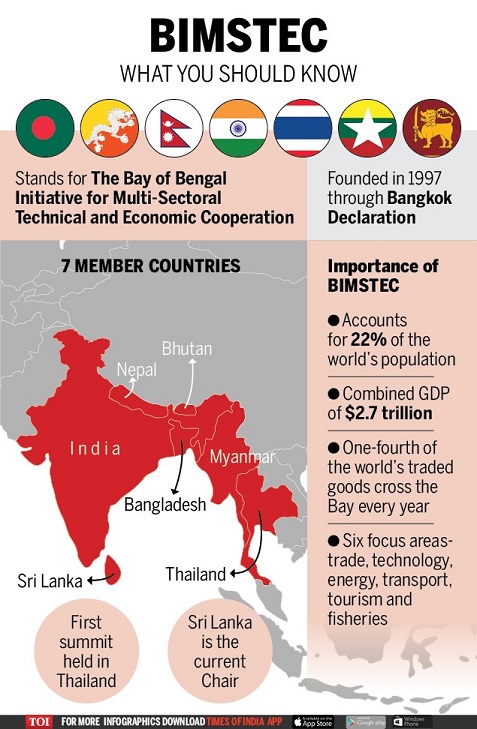7667766266
enquiry@shankarias.in
What is the issue?
What do these imply?
Why is BIMSTEC so significant?

Why the region matters?
How could India benefit?
Source: Indian Express